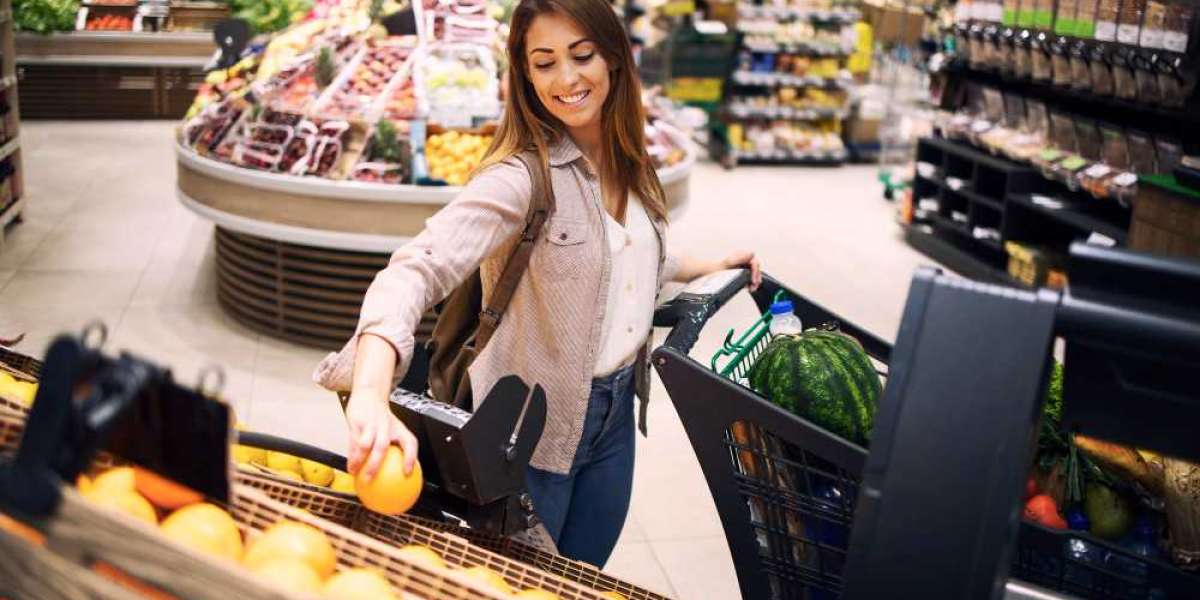Trends that will shape the grocery industry in 2023
In the marketplace today, there are strong reasons to think that the grocery industry will have a long and successful history. While online shopping has become one of the most popular ways to buy groceries, traditional retailers have much bigger aspirations.
As the e-commerce market continues to accelerate our growth, we’re seeing trends emerge that will shape the future of the grocery industry for years to come. The grocery business is extremely competitive, especially when trying to grow your business. There are numerous challenges and slightly different solutions for every industry player. When it comes to focusing on the future, we’re likely to see many changes in the coming months in the grocery business.
As such, we’re looking at key trends shaping the grocery industry in the coming years. Let’s look at them and see how we can adapt to drive more shoppers into our grocery stores and cut down on costs.
Expansion of E-commerce Grocery Shopping:
Grocery supermarkets must focus on providing customers with a seamless online shopping experience to remain competitive. E-commerce grocery shopping offers convenience, cost savings, and a wider selection of products than traditional brick-and-mortar stores, which makes it an attractive option for many shoppers. The ability to shop from the comfort of home and have groceries delivered to one’s door has evolved to become increasingly appealing in the wake of the COVID-19 pandemic, which has forced many people to stay at home and limit their time spent in public spaces. With the rise of online grocery shopping, this trend will likely grow and become even more popular by 2023.
E-commerce Marketing and Sales:
Grocery supermarkets must develop new strategies and tactics to make the grocery store more reachable, such as creating innovative e-commerce marketing campaigns and leveraging data analytics. E-commerce sales and marketing enable grocery stores to reach out to customers in a more personalized manner. Companies can use digital channels such as email, social media, search engine optimization (SEO), and pay-per-click (PPC) advertising to engage with customers. Additionally, these stores can leverage data analytics to gain insights into customer behavior and preferences, which helps them create targeted campaigns tailored to the individual customer’s needs.
Moreover, e-commerce sales offer convenience for customers as they can shop from their homes without having to leave their houses or wait in long lines at the store. This has led to an increase in online shopping among consumers who prefer convenience over traditional brick-and-mortar stores.
Artificial Intelligence and Machine Learning:
Are you considering improving the way that supermarkets and grocery stores now operate? You can utilize AI to your advantage and see how smart supermarkets operate more effectively. AI in the grocery shop will gather a great deal about the person who visits the store. It can advise grocery goods based on their tastes or show the deals and offers available for purchasing certain items. Artificial Intelligence and Machine Learning also help improve grocery store security. An AI-integrated system can scan and detect the items in the visitors' pockets, which will help security identify the shoplifters with less effort. AI techniques also help in the billing process. An integrated billing procedure can recognize the product quantity and charge it immediately to the customer’s bank card, allowing them to go on without waiting in long billing lines.
Conclusion:
As the grocery industry continues to evolve, it is important to stay ahead of the curve and understand what trends will shape it. From e-commerce sales growth to supermarkets innovating their e-commerce marketing strategies, all the above trends will shape the grocery industry in the upcoming years. And Growcify ensures you give your dream online grocery store on the internet.



